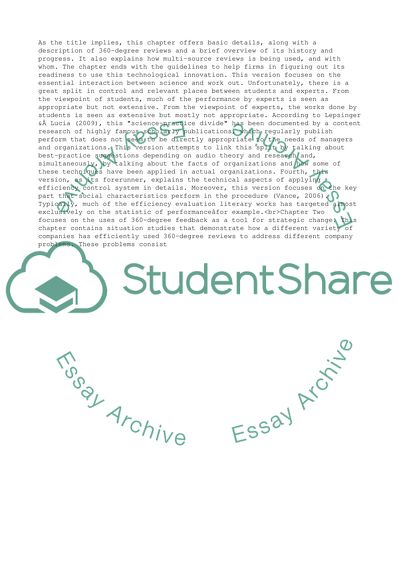Cite this document
(“Book Review Report/ Example | Topics and Well Written Essays - 2750 words”, n.d.)
Book Review Report/ Example | Topics and Well Written Essays - 2750 words. Retrieved from https://studentshare.org/business/1642171-book-review
Book Review Report/ Example | Topics and Well Written Essays - 2750 words. Retrieved from https://studentshare.org/business/1642171-book-review
(Book Review Report/ Example | Topics and Well Written Essays - 2750 Words)
Book Review Report/ Example | Topics and Well Written Essays - 2750 Words. https://studentshare.org/business/1642171-book-review.
Book Review Report/ Example | Topics and Well Written Essays - 2750 Words. https://studentshare.org/business/1642171-book-review.
“Book Review Report/ Example | Topics and Well Written Essays - 2750 Words”, n.d. https://studentshare.org/business/1642171-book-review.


